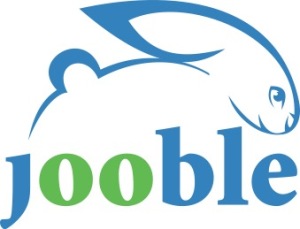Terminology, ontology, semantic modeling
Whatever we do – be it transformation, innovation, automation… –, the starting point is always the same: business knowledge. Not only is knowledge a prerequisite, but it also has to be expressed in such a way that it complies with several criteria. It has to be:
- complete, so as to avoid any surprises along the way,
- unambiguous, in order to prevent conflicting interpretations,
- accurate, reflecting reality, to support a relevant design,
- lean and efficient, without redundancy (expressing as many things as possible using a minimum number of terms),
- open and free from the presuppositions that could limit its reach.
This quality of expression is not guaranteed from the outset. It is reached only by constant efforts and endeavors. It is found neither on the business side nor the IT side. Indeed, we are forced to admit that it is not readily available in the enterprise. We only have to bring two business experts together and have them work on some definitions to realize that practices are based largely on what is left unsaid and that expressing ideas in words shatters the apparent consensus.
To gain an appropriate expression of knowledge, several techniques are available to us: terminology, ontology and semantic modeling. Each one has its own benefits and limitations. How can we make use of these techniques? Can they be linked together? What level of requirements should we target following the objective we have set ourselves?
These are some of the questions addressed by the article “Formulating knowledge”.
French version: “Formuler la connaissance”.






